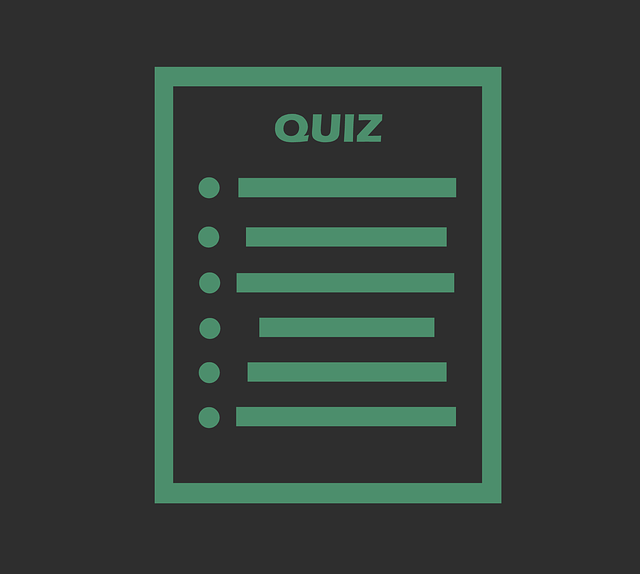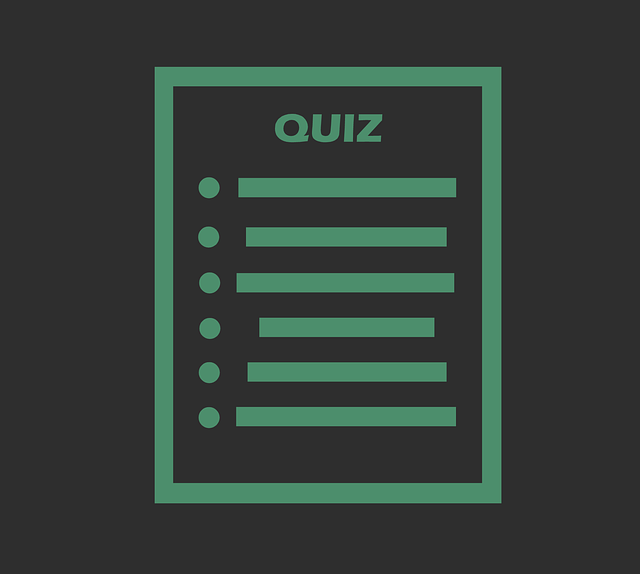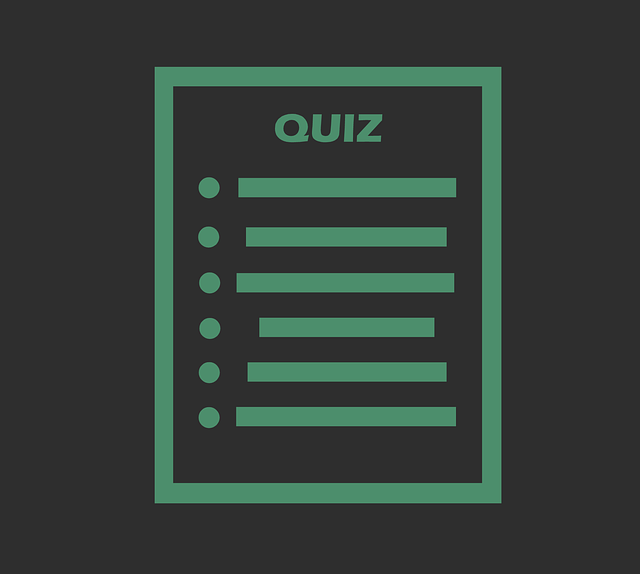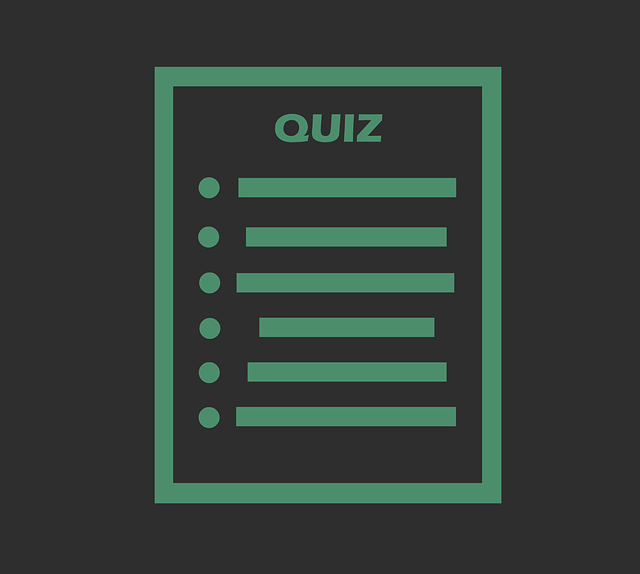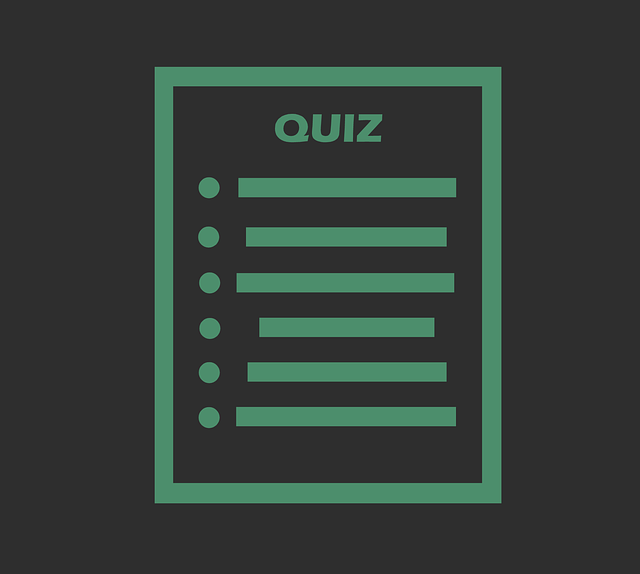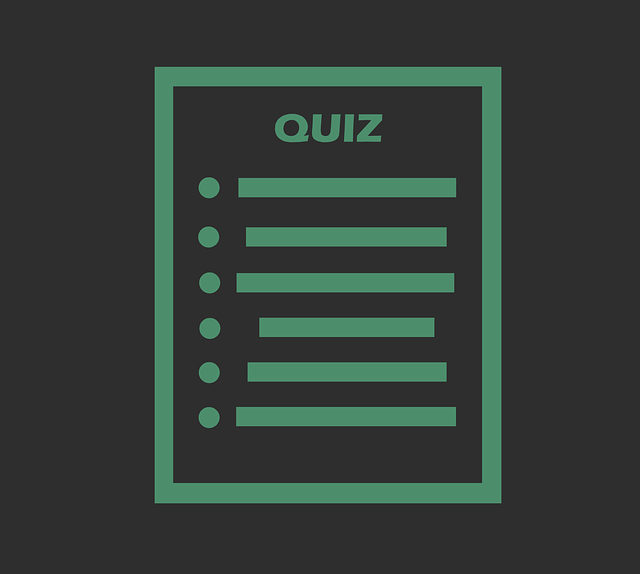In this blog you will find the correct answer of the Coursera quiz The Modern World Part Two Global History since 1910 week 5 mixsaver always try to brings best blogs and best coupon codes
Week- 5
Week Twelve Quiz
1.
Question 1
According to the presentation, which event catalyzed a period of increasing American engagement and centrality in world events in the mid-20th century?
1 point
- The fall of Nazi Germany in 1945
- The fall of France to Nazi Germany in 1940
- The Japanese attack on Pearl Harbor in 1941
- The German invasion of Poland in 1939
- The outbreak of the Korean War in 1950
2.
Question 2
According to the presentation, which of the following was true of the United States after World War II? Choose all that apply.
1 point
- The economy of the South, long considered inferior to that of the North, began to fully integrate into the national economy.
- It was the world’s leading example of a truly “Liberal” government, as defined in the political families diagram.
- It was the world’s leading proponent of international cooperation and free trade.
- It reverted back to its historical economic protectionism after the war.
- It began to build a “national security” infrastructure centered on the belief that security must involve the whole state, not just the Army and Navy.
3.
Question 3
According to the presentation, which of the following best describes the American worldview in early 1949?
1 point
- U.S. policymakers envisioned the United States as a hemispheric superpower, dominating the Western Hemisphere but taking little interest in affairs in Europe or Asia.
- U.S. policymakers envisioned a complex, multipolar world where Western Europe, China, and Japan would play critical roles, in addition to the USSR and USA.
- U.S. policymakers envisioned the United States as a hyperpower that could exercise military and economic dominance over a world where no nation was its equal.
- U.S. policymakers envisioned the United States as an inward looking continental power, content to simply focus on the domestic economy and politics.
- U.S. policymakers were convinced that a bipolar world was on the horizon, where the only two states that would hold any real power were the United States and Soviet Union.
4.
Question 4
According to the presentation, why was the Soviet detonation of an atomic bomb in 1949 a complicating event for American foreign policymakers?
1 point
- The Americans feared an imminent Soviet nuclear strike in the western United States and were forced to decide whether to launch a preemptive nuclear strike on the USSR in 1949.
- Soviet nuclear capability meant the United States was no longer be able to defend Western Europe simply with a nuclear threat. Instead, the large Soviet conventional forces stationed in Europe potentially gave the USSR an advantage.
- The Americans expected the Soviets to use the nuclear stalemate as cover to launch an invasion of Japan, which would force the United States to use nuclear weapons against Soviet targets.
- After the twin atomic bombs dropped on Japan, the United States had closed down its nuclear program. With the Soviet test, the Americans were forced to restart a nuclear program on the fly.
5.
Question 5
According to Joseph Stalin, which of the following made possible a more active Soviet stance on the unification of Korea by April 1950? Choose all that apply
1 point
- The Soviet detonation of an atomic bomb in 1949
- Soviet intelligence detailing the disarray in the South Korean government and the lack of will for war among South Korea’s leadership
- The victory of the Communists in the Chinese Civil War and the declaration of the PRC in 1949
- The rise of a communist government in Japan in March 1950
- Soviet intelligence that the Americans were not inclined to intervene in Korea
6.
Question 6
According to the presentation, why did the United States continue pushing north in September 1950, instead of stopping at the 38th parallel after driving back the North Korean invaders?
1 point
- American policymakers were hoping to draw Soviet forces into the war, which would give them an excuse to launch preemptive nuclear strikes on targets in the USSR before the Soviet nuclear program was at full strength.
- Remembering the lessons of World War II, American policymakers believed they had to totally defeat the North Korean aggressor, in much the same way that Hitler’s Germany had been utterly defeated.
- U.S. policymakers wanted to send a message to China and the USSR that the United States had superior forces and weapons at its disposal and was willing to use them.
- President Truman, facing Republican criticism that he had “lost China,” was planning to launch an invasion of the Chinese mainland from Korea in an effort to topple the Chinese Communist government.
7.
Question 7
By October 1950, Joseph Stalin believed that, if Chinese war against the United States in Korea led to general war, such a war should be delayed as long as possible in order to give the USSR time to sufficiently recover from World War II and to build its nuclear arsenal.
1 point
- False
- True
8.
Question 8
According to the presentation, which of the following were actions taken by the United States after the entrance of China into the Korean War in November 1950? Choose all that apply.
1 point
- The United States agreed to an armistice restoring the division of Korea at the 38th parallel in early January 1951.
- The United States abandoned its position in Germany, for fear of getting dragged into another Korea-like conflict there.
- The United States declared war on the People’s Republic of China in early December 1950.
- The United States initiated a massive mobilization, calling up reserves and ramping up domestic civil defense measures in preparation for a possible World War III.
- The United States committed itself to a stronger military position in Germany in order to keep a Korea-like episode from happening in Europe.
9.
Question 9
According to the presentation, the outbreak of war in Korea and the Chinese entry into that war, more than the Soviet 1949 atomic test or internal advocacy documents like NSC-68, really convinced the President and the Congress that it was necessary to dramatically increase military spending.
1 point
- False
- True
10.
Question 10
According to the presentation: Upon joining the American led anti-communist confederation, countries like Great Britain and France agreed to clear all of their foreign policy actions with American officials, who exercised formal veto power over decisions that conflicted with the goals of the confederation.
1 point
- False
- True
11.
Question 11
According to the presentation, why did Egypt not get occupied during the Suez Crisis of 1956?
1 point
- The British and French, still exhausted from the experience of World War II, did not have the appetite for occupation.
- The United States, still hoping to bring Nasser’s Egypt and other new states into its anti-communist confederation, demanded the British, French, and Israelis withdraw from Egypt and used its political and economic leverage to compel such a withdrawal.
- The Soviet Union, a supporter of Nasser’s Egypt, threatened war over the Suez, and the British, French, and Israelis were forced to back down.
- The modernization efforts of Egypt’s Gamal Nasser had resulted in a powerful Egyptian military that was able to thwart the British, French, and Israeli invasions.
12.
Question 12
According to the presentation, which of the following is an element of import-substitution industrialization (ISI)? Choose all that apply.
1 point
- Low barriers to trade
- Depressed real value of currency
- Increased reliance on local industry
- High amount of trade with foreigners
- High barriers to trade
13.
Question 13
According to the presentation, which country employed an export-oriented industrialization (EOI) model of modernization in the 1950s and 1960s?
1 point
- Japan
- Brazil
- China
- Chile
- All of the above
14.
Question 14
According to the presentation, which country employed an import-substitution industrialization (ISI) model of modernization in the 1950s and 1960s?
1 point
- Japan
- Brazil
- China
- Chile
- All of the above
15.
Question 15
According to the presentation, which of the following was a part of Soviet Premier Nikita Khrushchev’s grand design to reinvigorate the USSR in the late 1950s and early 1960s? Choose all that apply.
1 point
- Khrushchev sought to increase Soviet nuclear missile power, believing that Soviet power was more and more tied to its nuclear arsenal.
- Khrushchev sought massive spending increases on conventional forces, believing Soviet prestige was linked to the size of the Red Army.
- Khrushchev sought spending cuts on conventional forces and wanted to use the savings to invest in domestic Soviet development.
- Khrushchev pursued even closer ties with Mao’s China, in order to assert a unified communist movement in the Third World.
- Khrushchev sought a political victory to unite Berlin under communist rule and drive out the Western powers.
16.
Question 16
According to the presentation, Nikita Khrushchev placed intermediate and medium range nuclear missiles in Cuba in order to checkmate the American threat of nuclear war to defend Berlin. By having many more nuclear missiles within easy striking distance of the United States, Khrushchev would then be able to leverage superior Soviet conventional forces in eastern Germany to prevail in Berlin without as credible a threat of American nuclear reprisal.
1 point
- True
- False
17.
Question 17
According to the presentation, which of the following best describes the course of action decided upon by John F. Kennedy in response to the Soviet missiles in Cuba in October 1962?
1 point
- Kennedy decided to simply blockade Cuba and negotiate a peaceful removal of the missiles, without any threat of future military action.
- Kennedy ordered an invasion of Cuba before the missiles became operational.
- Kennedy decided to accept the missiles in Cuba and not risk nuclear war.
- Kennedy ordered a blockade of Cuba and backed this up with an ultimatum that if the missiles were not removed then the United States might invade Cuba.
- Kennedy ordered airstrikes against the missiles in Cuba.
18.
Question 18
According to the presentation, which of the following was a part of the agreement between the United States and Soviet Union that ended the Cuban Missile Crisis? Choose all that apply.
1 point
- The United States secretly assured the Soviets that American nuclear missiles in Turkey were slated for removal in the near future.
- The United States agreed to a unified Berlin under Communist control.
- Khrushchev agreed to remove from Cuba the nuclear missiles that could strike the United States.
- The United States pledged not to invade Cuba.
- The Soviets agreed to allow free movement between East and West Berlin.
19.
Question 19
According to the presentation, why was the European Coal and Steel Community such an astonishing development?
1 point
- It was the first major attempt to create a European-led alternative to the American anti-communist confederation.
- For the first time, the Soviet Union allowed its satellite republics in Eastern Europe to become part of a Western-led economic cooperative.
- For the first time, the Soviet Union agreed to become part of a Western-led economic cooperative.
- After centuries of warfare and national distrust, France and Germany agreed to pool coal and steel resources, commodities at the very core of national military power in this era.
20.
Question 20
According to the presentation, why was the United States unwilling to launch an invasion of North Vietnam during its involvement in the Vietnam War?
1 point
- The American generals judged that the North Vietnamese defenses, constructed with Chinese and Soviet aid, were too formidable to launch an effective offensive assault.
- Khrushchev had issued an ultimatum to the Americans that any action against North Vietnam would result in a Soviet action against Berlin.
- The Soviets had given North Vietnamese leaders atomic weapons, which the North Vietnamese threatened to use if United States forces crossed into North Vietnam.
- China had amassed thousands of troops in North Vietnam and threatened war if American forces crossed into North Vietnam. Remembering Korea, U.S. policymakers effectively agreed not to counterattack with an invasion of North Vietnam.
Important Links:
- The Modern World Part Two : Global History since 1910 Coursera Week 1 Quiz
- The Modern World Part Two : Global History since 1910 Coursera Week 2 Quiz
- The Modern World Part Two : Global History since 1910 Coursera Week 3 Quiz
- The Modern World Part Two : Global History since 1910 Coursera Week 4 Quiz
- The Modern World Part Two : Global History since 1910 Coursera Week 6 Quiz
- The Modern World Part Two : Global History since 1910 Coursera Week 7 Quiz
